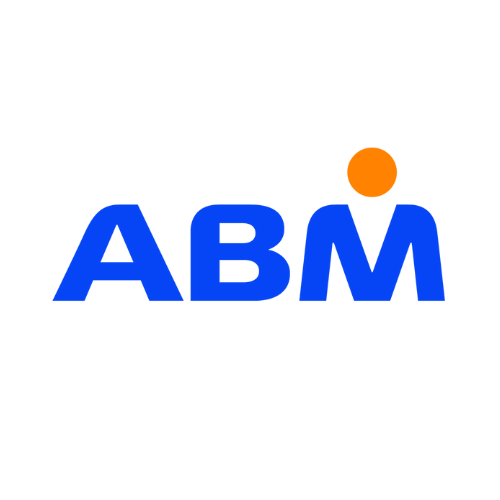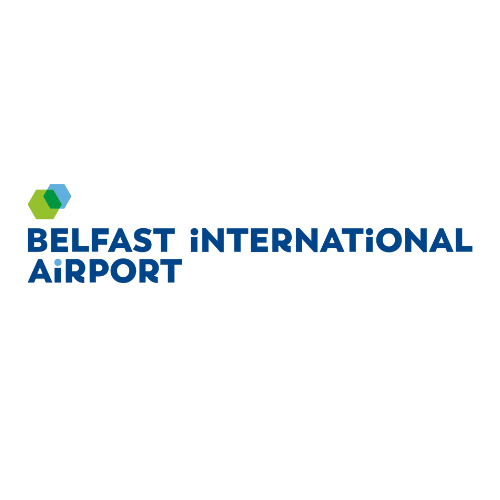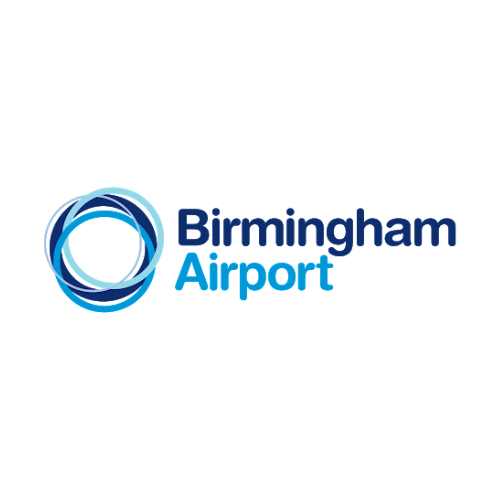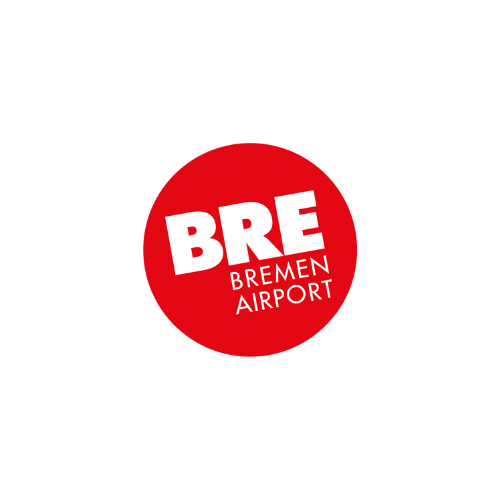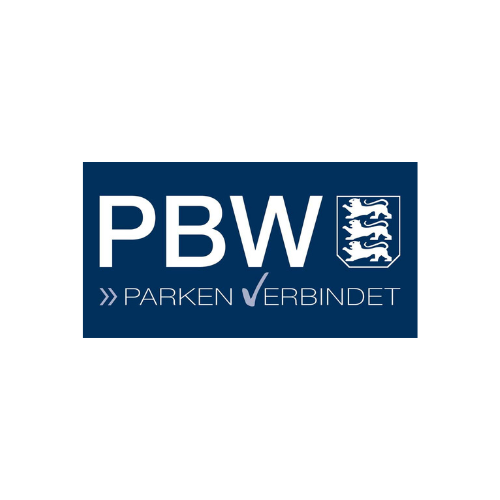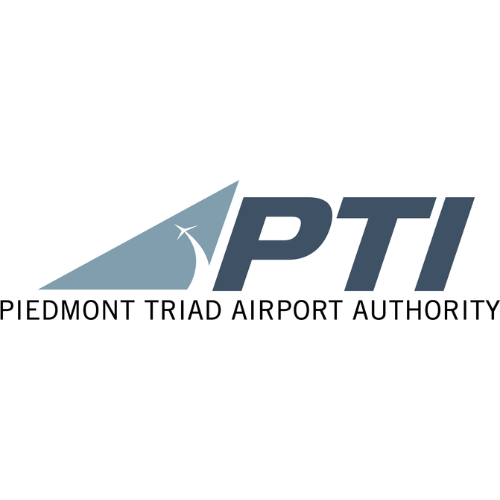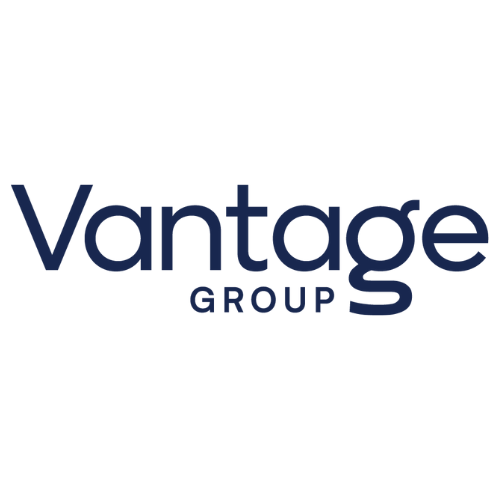Are you looking to invest in brand new software for airports or replace an existing solution that isn’t meeting your needs? With so many different software vendors out there, choosing the best option for your business can be tricky. But with careful research, planning and implementation, it’s possible to ensure you invest your money wisely and secure a SaaS solution that drives your business forward.
To set you on the right path, we’ve compiled a list of 10 things your IT team should check before buying software for airports.
1. Will buying software for airports solve your problem?
Before you start researching software for airports, you need to identify your airport’s pain points. Doing so will help you create a list of ‘must have’ features that directly address your problems, ‘nice to haves,’ and any features you don’t need.
Perhaps one of your pain points is a lack of customer data? Maybe you need to generate more non-aeronautical revenue? If that’s the case, a list of ‘must have’ features when evaluating reservation ecommerce software will come in handy.
With an airport software purchasing checklist, you can quickly evaluate whether a particular SaaS solution will meet your airport’s needs and offer value to your business.
The most important thing to keep in mind is the departments and people using the software. Will it make their life easier and your business more efficient? The solution you choose must be usable and beneficial to your entire team.
2. Is it a generic SaaS product or industry-specific?
SaaS products tend to fall into one of two camps. They’re generic and designed to be used by small and large companies of all kinds or industry-specific and a bit more ‘niche.’
While generic SaaS products might appear more affordable initially, it’s important to look a little closer and determine whether they’ll cost more to adapt to suit your airport business.
The benefits of industry-specific software are that it’s built with your business and its pain points in mind. As a result, industry-specific solutions are likely to have more features that you’ll use and offer greater value for your business. In addition, you’ll often find that industry-specific software has fewer overall settings and options, enabling you to benefit from a more streamlined design that is less complicated and overwhelming. This makes the implementation and onboarding process quicker and immediately improves the user experience.
Finally, it’s worth considering the value of the software vendor behind the solution. Suppose, like Rezcomm, the software company has a team of airport industry experts. In that case, the knowledge and support they’ll provide your business can be every bit as valuable as the software itself.
3. What security features and backup plans does it have?
In an age of increased cybercrime and data breach scandals, security requirements are essential for any software buying decision.
Any business-sensitive data or personal information you hold must be stored securely, adhere to regulations and be fully protected from loss and theft. So carefully consider all security risks, from hacking and corruption to data loss through human error, and put them to the software vendor. What systems do they have to meet security requirements, and what backup plans are in place if something goes wrong?
Remember, it’s important to examine the security of the SaaS solution and the vendor itself. Make sure you are satisfied with their security and backup strategies. You must establish a trusting relationship, so don’t be afraid to ask the hard questions and ensure you’re 100% confident in their security and backup measures.
4. What are the support levels and SLAs?
No matter how fantastic a piece of software is, there will be bugs that need fixing or times when your airport requires additional support. So make one of your airport software checks to determine what level of support is on offer post-implementation. The vendor should outline this information in its service level agreement (SLA).
Read it carefully and make sure you understand clearly what the vendor is providing and their responsibilities, how their performance is monitored, and their time frame for fixing issues.
The SLA should also outline the repercussions if the vendor does not meet the agreed terms, your responsibilities as the client, and how to report issues when they arise.
In terms of ongoing support, find out the hours, timeframes for responses, and how you get help, i.e. phone, email, ticketing. The question to ask is will the software vendor be there to support you when you need them?
Here at Rezcomm, we have a dedicated client support portal that uses tickets to streamline support and ensure a fast response. Additionally, we offer a Premium Support option to clients who are assigned a dedicated Support Analyst as the first point of contact for all of their support needs.
5. Is the product already being used in your industry?
When buying software for airports, it’s worth finding out what your competitors are using. If other airports benefit from using a particular SaaS solution, chances are you will too.
Ask the software vendor for a list of clients who already use their SaaS product and can attest to its efficacy. Use these references to learn more about the vendor’s customer support, how easy it is to implement the software and work with the vendor, how the vendor handles bug fixes and backup plans, and how the client benefits from the software.
6. What will the initial impact of buying the solution be?
It’s perfectly normal for it to take a little while to get to grips with a new SaaS product. Most solutions require onboarding so your team can learn how to use and get the most out of the software.
So when buying a SaaS product, make sure you find out the time, cost and available support through the implementation period. For example, what training will the vendor provide and will you be able to access additional refresher training if required?
The cost of training and potential ‘downtime’ for your business must justify the benefits of using the SaaS solution in the long run. Ensure there are definite timelines and costs for implementation and onboarding before purchasing the software, and ask if they have a satisfaction guarantee. Any good company will be confident enough to guarantee implementation success and client satisfaction.
7. Can the solution be implemented in modules, and is it flexible?
Let’s be honest, you don’t want to pay for expensive software with a long list of extra features your business won’t use. So only buy what you need and make sure your contract covers your must-have requirements during the initial phase.
The benefit of choosing a SaaS solution, like Rezcomm, is that it’s implemented in modules. So you can pick and choose the modules you require as and when you need them with the flexibility to scale up and add more functionality when you’re ready.
Choosing a flexible solution must also be high on your airport software purchasing checklist. After all, the easier it is to integrate your new SaaS solution with your existing processes and strategies for things like customer relationship management, the better.
8. What’s your exit strategy if you want to leave later down the line?
No one wants to form any sort of relationship, personal or professional, with the mindset that it will fail. But, when it comes to buying a SaaS solution, it’s paramount that both sides are clear on the exit strategy.
If it doesn’t work out for one reason or another and the solution isn’t what you’d hoped, how do you get out of it? Can you leave straight away, or are you locked into a fixed contract for several months? What will happen to your data if you leave the product behind?
As well as finding out this information, it’s worth seeing if there is the option to try first and buy later, or like we offer with Rezcomm, pay-as-you-go. Of course, all good companies should also provide a full demo of their SaaS solution. After all, you wouldn’t buy a car without test driving it first, so why should you invest in a piece of software without scheduling a demo?
9. How scalable is the solution?
When buying software for airports, it’s essential to check the solution is scalable and will grow with your business. Project what your business needs might be 5-10 years down the line and determine how much the software will cost with an increase in users, data, processes and products.
Here, you might find that the software products at the lower end of your budget simply aren’t scalable. Choosing a scalable, future-proof solution will benefit your business in the long term.
As a side note, it’s also important to seek out the software vendor’s development plan to be confident that the software will grow with your airport and be in line with emerging technologies. For example, ask, will you receive upgrades to the most recent version and continue to be supported for as long as you use the SaaS solution?
Here at Rezcomm, we strive to continuously improve our marketplace and modules without any extra costs to our existing clients. For example, we recently released a new SpeedyBooks module for all clients using our Reservations module. This 2 Click Booking system helps secure client bookings quickly and efficiently, and our existing clients can simply turn it on for their chosen products as and when they wish to without paying a penny more.
10. How is data stored & is it GDPR compliant?
We’ve already touched on security requirements, but more specifically, it’s essential to quiz software vendors about how data is collected, stored, and secured.
Remember, all of your data and your client data will be stored in the cloud, so understanding how it is secured is paramount. Ask, where is your data being stored? Is the software GDPR-compliant and does it meet the regulatory standards required by your organisation? It’s vital to establish this before you sign up to use their SaaS.
As well as asking questions, be sure to review the software vendor’s privacy policy. This document should outline everything you need to know about data collection, storage and usage. Then, ask your compliance officer or lawyer to double-check the details before signing any contracts.
To refer back to one of our previous points about forming an exit strategy. When entering any new contract with a Saas provider, you must be clear on who owns the data. If you leave, who will have custody of the data? Will the vendor retain any of the data? How easy is it to extract your data from their system if you were to migrate to a new solution in the future? It’s essential to make sure your data isn’t locked into the system to make migration impossible.
As we said before, no one wants to think about things going wrong, but having plans in place can save you money, not to mention headaches, in the future.
Airport software purchasing checklist
We hope you have found the points discussed above useful and that they make the process of buying software for airports and making wise business decisions easier. Here’s a quick checklist for you to refer back to:
Identify your pain points & check the SaaS solves them
- Decide whether a generic solution or industry-specific solution will be more beneficial
- Enquire about security features & backup plans
- Check the SLAs & enquire about support
- Ask for references & see who else in your industry is using the SaaS solution
- Find out how the software will impact your business during onboarding & the support available
- Enquire about flexibility for integrations & whether you can pick & choose the modules you require
- Understand what happens if you no longer want to use the software
- Make sure the solution is scalable for future expansion & growth
- Discuss everything related to data, including ownership
Confidence is key. After checking all of these points with a SaaS vendor, you should feel 100% happy that it’s the best software to add to your tech stack. If you don’t have that confidence or trust in the vendor, they’re not the right one for you.
If you have any questions about buying software for airports or want to know more about our plug-and-play airport marketplace, get in touch with the experts at Rezcomm. We’re always happy to help.
